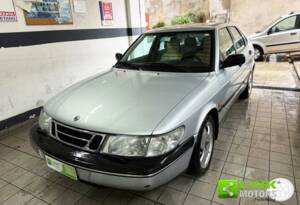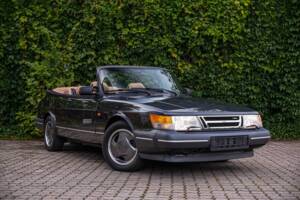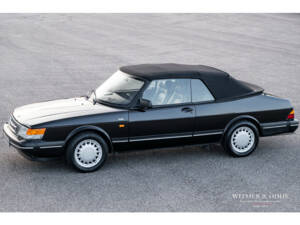Saab 900 Classic Cars for Sale
The Saab 900 stands out with its distinctive Scandinavian engineering and character, produced from 1978 to 1998 in both 'Classic' and 'New Generation' versions. Its robust turbocharged engines, unique safety features, and innovative cockpit design make it a favourite amongst enthusiasts seeking individuality and daily utility. From the practical Combi Coupé to the celebrated 900 Cabriolet, variety and uniqueness define the 900.
Search results

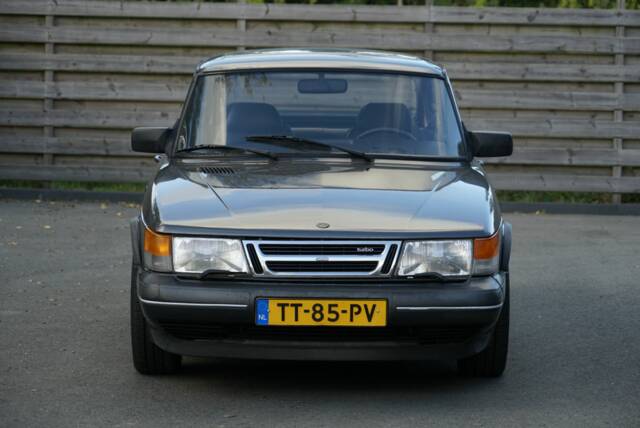
1989 | Saab 900 Turbo
Saab 900 Turbo Coupé | 1989 | Route 66 Auctions - For sale by auction. Estimate 6500 EUR
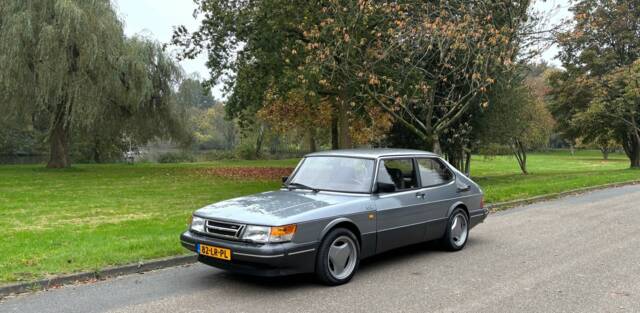
1992 | Saab 900 Turbo 16V
Magnificant 900 Aero Turbo Airco with History
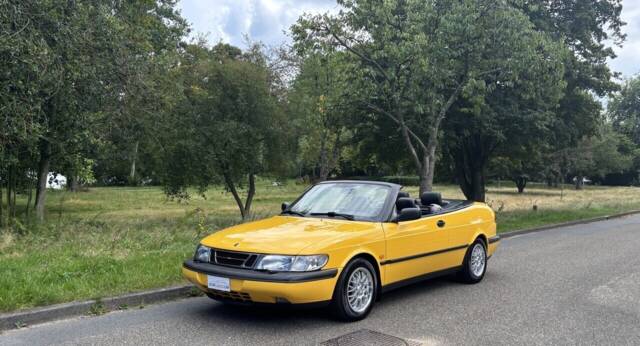
1998 | Saab 900 Turbo S 16V
900 Mellow Yellow SOLD-Your Classic Car
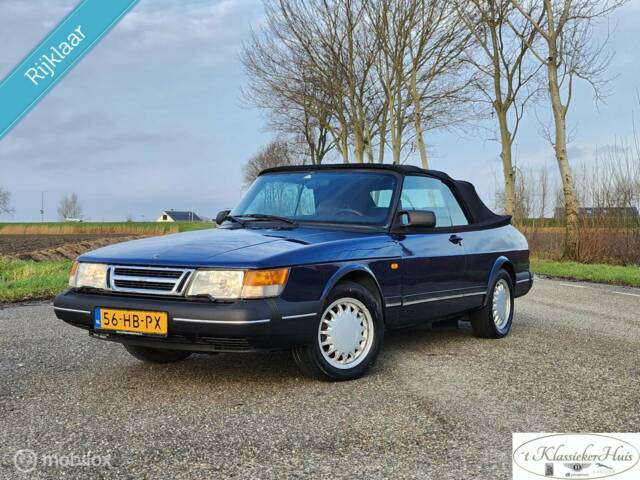
1992 | Saab 900 Turbo
Saab 900 Cabrio 2.0 Turbo 16v

1993 | Saab 900 2.0i 16V
Saab 900 Cabrio 2.0i-16

1993 | Saab 900 Turbo S 16V
Commemorative Edition
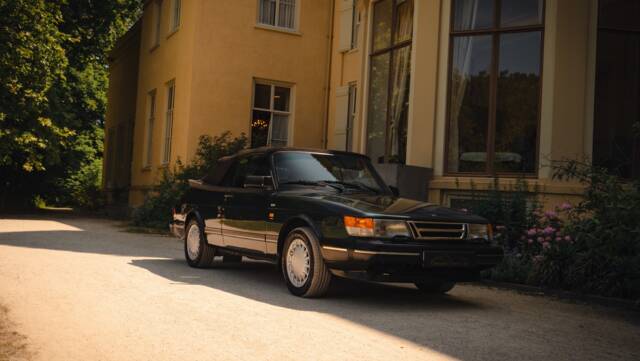
1992 | Saab 900 S
900 I cabriolet 2.0 S turbo - S CV U9
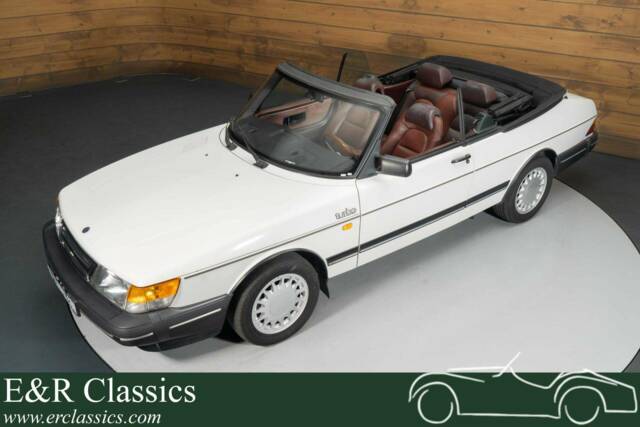
1988 | Saab 900 Turbo S 16V
Saab 900 Turbo 16V | 1988
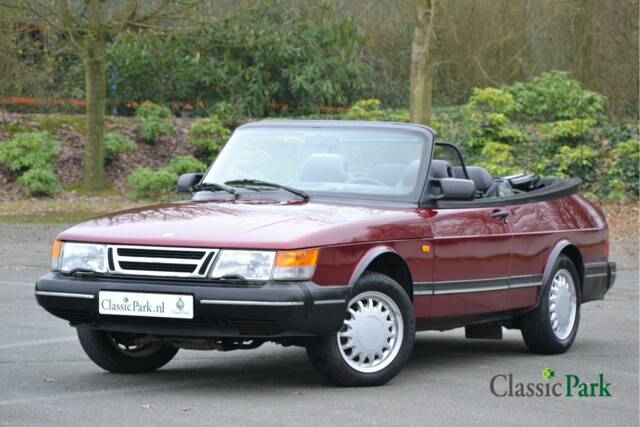
1993 | Saab 900 2.1 i 16V
Saab 900 i cabriolet
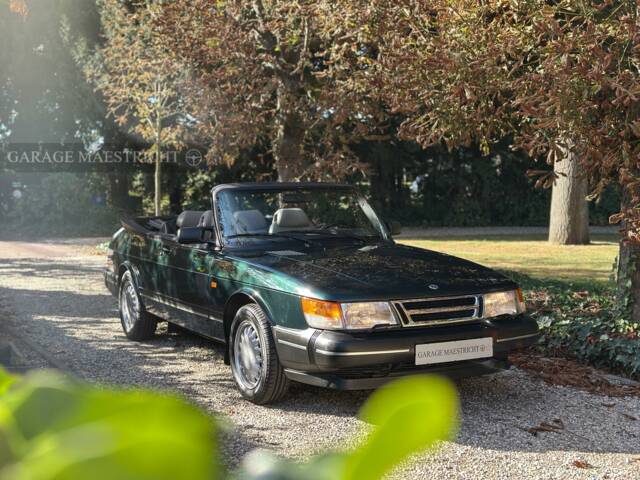
1993 | Saab 900 S
Convertible | Scarabee Green Met. | 1st Paint | 1st Owner | Manual | A/C
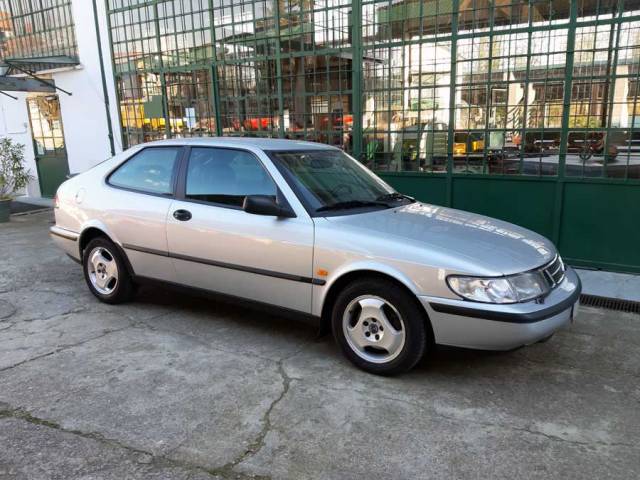
1997 | Saab 900 SE 2.0i 16V
Saab 900 SE – 1997

1991 | Saab 900 Turbo
Cabrio 2.0 Low Pressure Turbo
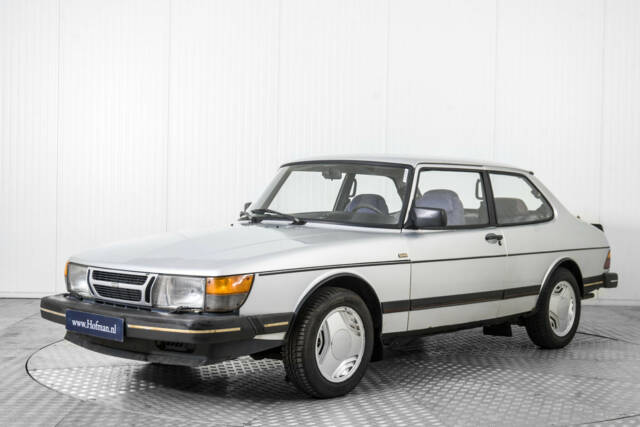
1984 | Saab 900 Turbo
Saab 900 Coupé 2.0i
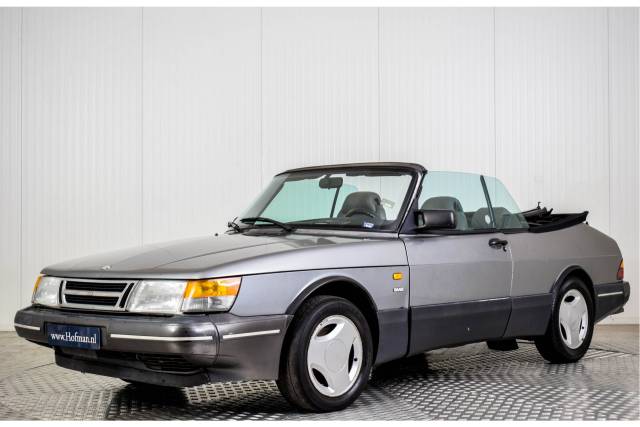
1991 | Saab 900 Turbo 16V
Saab 900 Turbo Cabriolet
VAT is reclaimable
History of the Saab 900
Launched in 1978 as the successor to the Saab 99, the Saab 900 adopted and further developed Saab’s characteristic innovation and focus on safety. The model was built in two generations: the first, known as the 'Classic' 900 (1978–1993/94), and the second, the '900 NG' (New Generation, 1994–1998) under General Motors’ direction, sharing its platform with the Opel Vectra A. Saab’s reputation for building solid, safe vehicles continued with the 900, introducing features like self-repairing bumpers and the trademark ignition slot between the seats to improve crash safety. Over 908,000 units were produced, highlighting the 900’s success. The 900 left production in 1998, succeeded by the Saab 9-3.
Model History
The Saab 900 drew on the chassis of its predecessor, the Saab 99, but featured a longer wheelbase and radical styling updates. Early models (1978–1980) were hatchbacks, joined by a four-door saloon in 1980. Key mechanical changes included adopting the 2.0-litre B-engines, turbocharging, and, from the late 1980s, the introduction of 16-valve heads and electronic fuel injection – especially for turbo models. The 900’s variants included the practical Combi Coupé, four-door saloon, coupe, and the cabriolet. The facelift of 1986 brought more aerodynamic fronts and bigger bumpers, while ABS became available by 1987. The final production phase (1989–1993) included widespread use of modern fuel injection and three-way catalytic converters. The NG 900 (from 1994) adopted a completely different drivetrain layout, used V6 engines, and shared much of its underpinnings with GM models.
Highlights and Features
Typical for the Saab 900 are its turbocharged engines, front-wheel drive, excellent crash safety, and the unique placement of the ignition switch on the centre console as a safety feature. The 900 pioneered Saab’s reputation for robust engines, with high-mileage examples often exceeding 300,000 km. Distinctive aerodynamics, large panoramic windscreen, and quirky yet ergonomic dashboards distinguish every 900. Most cars came with advanced comfort equipment for their time: from heated seats and climate control to electric windows and high-quality audio.
Technical Data
Special Editions and Collectible Models
Numerous limited editions amplified the appeal of the 900. Among the best known:
- 900 Turbo Cabriolet: Saab’s first convertible, famed for year-round usability, turbo engines, and an electrically operated top.
- 900 Aero/SPG: The high-performance flagship featuring a 16v turbo engine, body kit and stiffer suspension.
- Monte Carlo, Carlsson, Tjugofem: Marking racing, anniversary, and country-specific milestones; these special series boasted unique colours, trim, and equipment packages.
- Mellow Yellow, Ruby, Springtime in Sweden: Ultra-rare editions often featuring unique paint, upgraded interiors, and exclusive badges.
- 900 Enduro (Australia) and Finlandia/CD: Market-specific versions with bespoke bodywork or executive trim. Many of these are now sought after for their rarity, technical specification and historical value.
Weak Spots and Common Issues
Common issues for the Saab 900 include rust on wheel arches and door edges, cracked dashboards (especially in convertibles), and faded plastics. While the mechanicals are robust, some interior and exclusive trim parts can be challenging to source. Turbo models may face wear on the APC system, but regular care ensures longevity. The soft tops on cabrios are generally reliable but should be checked for leaks and wear on older examples. Most wear parts remain well-available thanks to the high production volume.
Engine, Transmission and Driving Experience
Saab’s signature turbocharging means lively, torque-rich performance, especially from later 16v turbo engines producing up to 185 PS. Five-speed manuals are precise, and automatics smooth, though less sporty. The chassis was lauded for its competent, safe handling and solid road feel, helped by a stable FWD setup and excellent comfort tuning. The cabriolet combines all-weather usability with open-air fun, while even base models offer a relaxed drive, high refinement, and notable highway cruising ability. - 900 Turbo S: Potent turbo engine, sporty suspension, and rich equipment.
- 900 Cabrio (Classic): Praised for wind and weather comfort as well as everyday practicality.
- 900 Aero/SPG: Performance flagships with advanced technical features and distinctive appearance.
Interior, Comfort, Exterior and Design
Chief designer Björn Envall shaped the 900’s wedge silhouette and pronounced wraparound windscreen, providing superb visibility and a spacious cabin. Variants offered everything from rich velour and leather seats to heated chairs and wood trims. Accessories range from premium sound, climate automatic, and advanced trip computers to quirky features like headlamp wipers and integrated child seats. Special colours such as Cirrus White and the bright Mellow Yellow enhanced the car’s recognisability. Spacious luggage areas (even in the Cabrio), a split rear seat and an ergonomic cockpit defined the usability and 'quirk' factor. The centre-console ignition lock was a true Saab hallmark.
Other Features
Some 900s feature rare equipment like Alpine factory sound systems, removable wind deflectors, and versatile towing capabilities (with capacities up to 1,600 kg braked). Cabriolets are noted for exceptional winter capability thanks to their durable soft tops and efficient heating.
Summary
The Saab 900 remains a definitive expression of Swedish engineering, blending distinctive style, safety, innovation, and driving enjoyment. A wide range of variants – from practical hatchbacks to lavish cabriolets and rare performance models – ensures something for every enthusiast. High production numbers guarantee reliable parts supply, and robust construction rewards diligent owners with impressive longevity. Whether as a daily driver or a cherished collectable, the 900 offers unmatched individuality within classic car culture.
